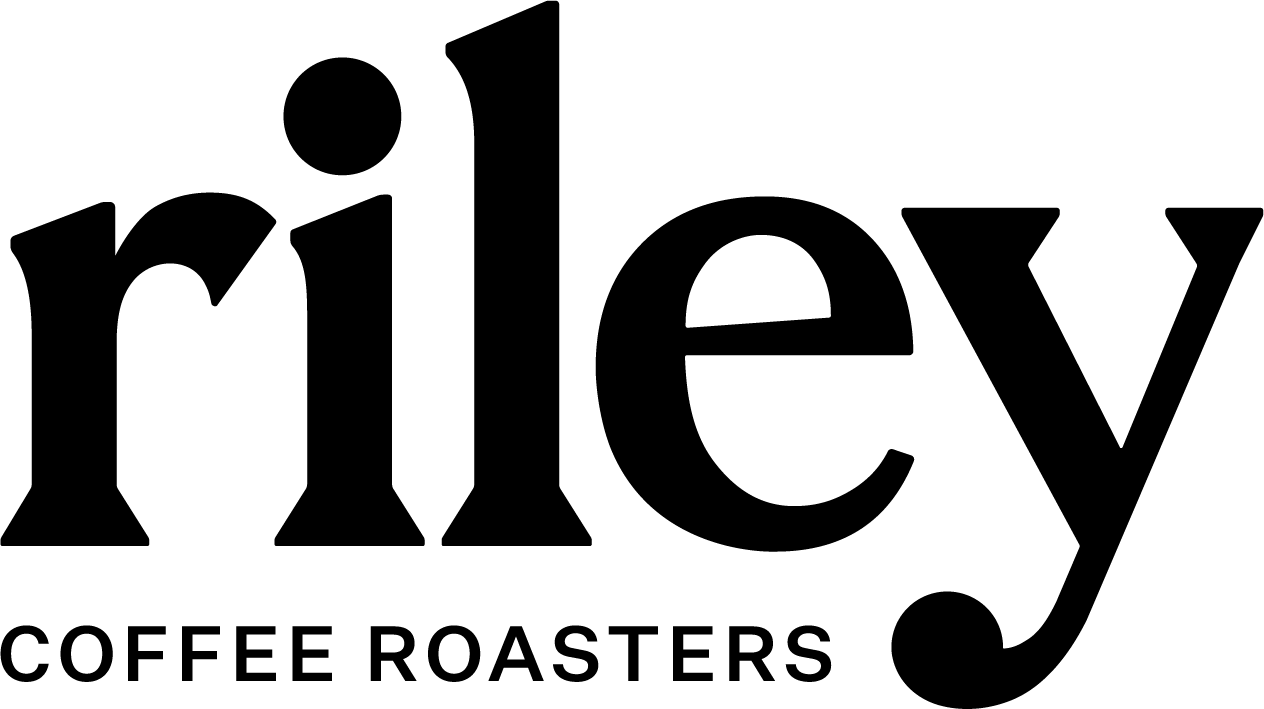My first ‘proper’ stint making coffee (I say ‘proper’ as my first attempt when aged 15 was a shocker) began in 2007 when my partner and I purchased a mobile coffee franchise. At this time, a double shot flat white was $4.
Fast-forward 18 years and I was talking to a young woman who’s just started her own mobile coffee business. How much is she charging for a double shot flat white? $4.50. This got me intrigued so I did a quick survey of our customers, and the range was $5 to $6 – so an average of $5.5, an increase of $1.50 over 18 years.
I hate to say it, but this is just not enough.
Like with pretty much everything else, the coffee industry has been hit with significant cost increases. All the usual suspects – power, rent, wages, insurance etc. – but the big one is the cost of green (unroasted) coffee, which has been steadily increasing every year with rapid increases through 2024 and into 2025. And we’re not talking a few percent here and there – in the various articles on the subject you’ll read that some recent years have seen increases of 30% or more, and there's little sign of that slowing down in 2025. Climate change, politics, supply-demand issues, market speculation, freight AND the weak New Zealand dollar are all causing some major problems.
So, why isn’t the price of a kilo of coffee and the price of a cup of coffee going up in step with all these cost increases?
It’s got to come down to competition. New Zealand has a lot of cafes and a lot of coffee roasters, but maybe not enough people. In this highly competitive market, both now see price as a key factor in retaining and gaining customers. When I talk to our café customers about coffee price increases, the common response is fear that their regulars will walk down the road. It’s like everyone’s playing this game of coffee chicken. But this has got to change.
Firstly, a huge number of resources go into creating a flat white. It’s grown, picked, processed, milled, sent across the world, roasted, packed, sent across the city, ground, tamped, extracted. Then you’re steaming one of seven varieties of milk, adding sugars, sweeteners, syrups. Now I think about it, at whatever location the coffee arrives, someone’s doing something else to it. Looking at other drinks, what else can you get for $10? Not wine in a restaurant that’s poured from bottle to glass.
Secondly, green coffee prices have increased to the point where cafes and coffee roasters simply can’t continue to absorb it. The sharp increases in late 2024 and so far in 2025 will be another hit to an already hurting industry and will have to be passed on to the coffee drinker. This will be particularly true for the small business operators who don’t have the volume needed to get better deals and economies of scale.
I suppose the big question is, will coffee drinkers stick around?
I’m potentially biased here but I genuinely believe they will. We’re a country of coffee lovers but not just of the actual drink – it’s the start of many people’s day, a way for us to connect, often the fabric of a community. If it’s $10 to have a coffee, sit down in a nice café with some like minded people for a catch-up, I’m all in.





